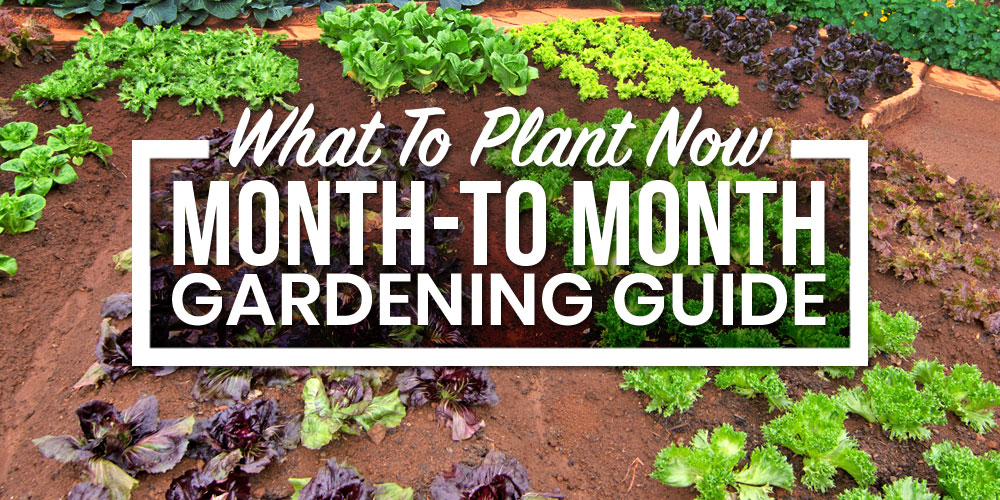
NAVIGATION
MONTH BY MONTH NAVIGATION
As a homesteader, learning when to plant my vegetable garden has been one of the most fun and rewarding parts of growing my own food on my own land. I’ve experimented and tried different things at different times, and the plan I’ve come up with is a year-long garden guide that includes the best time to plant vegetables month to month and season to season.
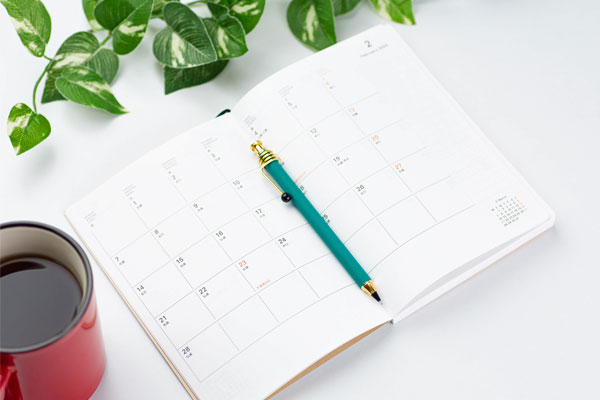 I’ve developed a keen understanding of how certain plants will grow in different weather and how to time growth rates so they’ll be ready for harvest in time for your seasonal recipes.
I’ve developed a keen understanding of how certain plants will grow in different weather and how to time growth rates so they’ll be ready for harvest in time for your seasonal recipes.
Whether you’re a seasoned gardener or just getting started with a small urban plot, growing your own food is empowering.
So let’s jump into my planting guide for vegetables to help you pick the best dates for planting your favorite veggies throughout the year.

Hi, I’m Ryan
I created a planting guide for what to plant when because it helps keep my garden on an easily managed schedule that provides maximum output. My friends have told me that my vegetable planting guide has also helped keep them on track and their gardens producing throughout the year, so I’m making this available to help all gardeners looking for tips to keep their garden growing all year long.

What To Plant In Your Vegetable Garden Month By Month

Living in North Carolina means I can plant throughout much of the year, so as the seasons changed, I took a closer look at my garden and started thinking… what vegetables can I plant now? Luckily, certain veggies like cooler soil, and some require warm sunshine, so I created this planting guide, and following it will help you get your vegetables in the ground at just the right time.
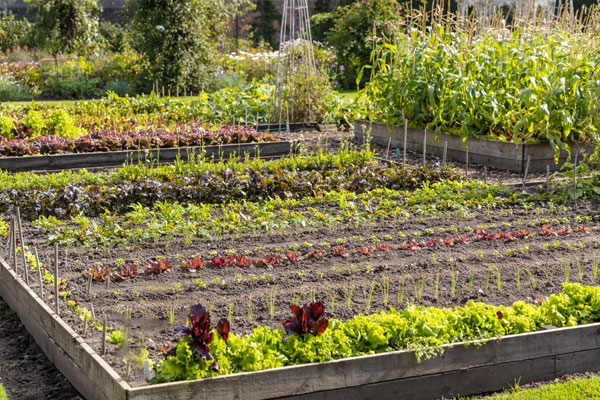
What Vegetables To Plant In January
The beginning of a new year is a great time to start a healthy, active habit like gardening. Surprisingly, January is the perfect time to start certain vegetables from seed indoors, and some veggies like onions, garlic, potatoes, and carrots are cool-season crops that can thrive directly in the soil of a January garden.
Best Vegetables To Plant In February
I like to grow a number of veggies in February, including beets, radishes, and spinach. Cool-season vegetables like these add a lot of color, flavor, and nutrition to my favorite recipes, and fresh homegrown veggies are always a bonus to have on the table during the coldest months.
March Vegetable Gardens
What should I grow in my garden in March? Although transitioning to a new season can be tricky, you’ve got a lot of options. March is the month you should start planting your spring garden. Peas, asparagus, Swiss chard, and kale make up just a few of the many vegetables to plant in your garden this month.
What To Plant In April
Depending on where you live, April might be the month of your last frost date, which makes it a great time to grow some fresh vegetables directly in the ground, which will start to grow warm as spring moves toward summer. In April, I like planting collards, mustard greens, and lettuce, among other vegetables.
Veggies To Plant In May
If you follow my vegetable planting guide for May, you’ll be getting some peppers, okra, cucumbers, beans, and zucchini planted this month. I particularly enjoy gardening during the month of May because the weather isn’t too hot, but I can still start seeding and planning for a robust summer garden.
June Vegetables To Plant
June vegetable gardens are prime for all kinds of deliciousness, like pumpkins, lima beans, melons, and cucumbers, that you can plant now to harvest and enjoy throughout the fall months. These vegetables thrive in June’s warm soil as the temperatures start heating up.
What To Plant In July
July is the perfect time to plant vegetables that thrive in the hottest heat of summer, but it’s also a great time to start some indoor seedlings that will be ready to transfer to your garden in the fall. Gardening in the heat of July can be challenging, so you might find focusing on indoor seedlings to be a nice change of pace.
August Garden Vegetables
The best vegetables to grow at home in the month of August are the warm-soil veggies you want to harvest in late summer or early fall. Personally, I like to grow cauliflower, broccoli, scallions, and parsley during this month to add nutrition and flavor to my early fall soups and stir-fries.
September Vegetables To Plant
What are the best things to grow in a September garden? My favorite September veggies are small peppers, cherry tomatoes, and endive, but honestly there are so many more options. Planting in September is a nice end-of-summer activity that helps you look forward to bountiful fall harvests.
What To Plant In October
October is the prettiest time of year to be outdoors in my opinion, and I enjoy gardening in this month more than any other. I tend to grow Brussels sprouts, artichokes, leeks, chives, and many other things during October, knowing I’ll be harvesting my October veggies well into December.
November Planting
Depending on where you live, your first frost date is likely in October or November, so this month might be a good time for you to break out any frost-protection gardening tools, like row covers, to keep your plants alive through the frost ahead. With the weather cooling off, I like to plant scallions, rhubarb, celery, and arugula in November, and start some seeds for planting in December as well.
Veggies To Plant In December
In December, you’ll still be able to harvest some of your late season vegetables, but don’t pass over the idea of planting some cold-hardy plants during December, or you’ll be missing out on hearty winter vegetables for your stews and casseroles. Some of my favorite vegetables to plant in December include winter-gem lettuce, rutabaga, turnips, and cabbage.
What To Plant During Different Seasons

While I really like creating a month-by-month gardening schedule to follow throughout the year, I know that everyone gardens a little differently and some like to garden by season. I’ve got you covered with my seasonal vegetable growing guide that focuses on exactly what to plant in spring, summer, fall, and winter. This broader explanation of when to plant your favorite seasonal vegetables might be especially helpful if you tend to be a big-picture thinker.
What To Plant In Spring
Spring is probably the season that comes to your mind when you’re considering when to start a garden, and for good reason. The warming weather and extra rain can work wonders for your garden soil, helping your veggies grow strong and fast. One thing to keep in mind for your spring gardening, is that you’ll probably have to deal with more weeds at this time of year than any other, but you’ll also be able to grow some delicious carrots, peas, tomatoes, and squash for a garden bursting with life and color.
What Are Good Vegetables To Plant In Spring?
- Zucchini
- Cucumbers
- Okra
- Melons
- Pumpkins
- Sweet Corn
- Beans
- Peppers
- Tomatoes
- Carrots
- Peas
- Squash
- And much more!
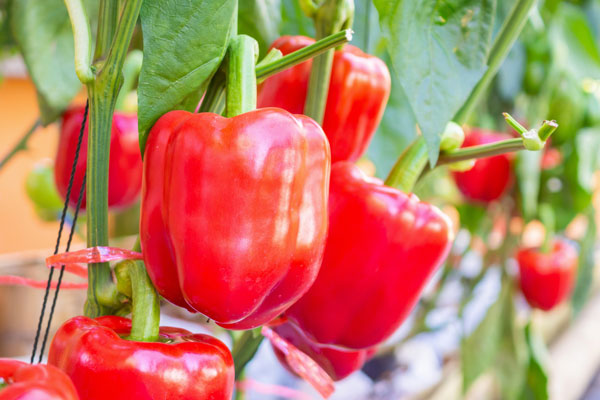
What To Plant In Summer And Warm Months
After springtime heats up into summer, you’ve still got time to plant lots of healthy veggies in your garden, but learning when to plant these vegetables for optimum growth and harvests is key. While I do keep up my outdoor garden throughout the summer months, when it reaches its hottest point, I’ll admit that I enjoy working indoors starting seedlings more than the hot work of caring for my outdoor gardens.
What Are Good Vegetables To Plant In Summer?
- Beets
- Lettuce
- Beans
- Melons
- Swiss Chard
- Scallions
- Corn
- Snap Peas
- Sweet Potatoes
- Onions
- Cabbage
- Kale
- And more
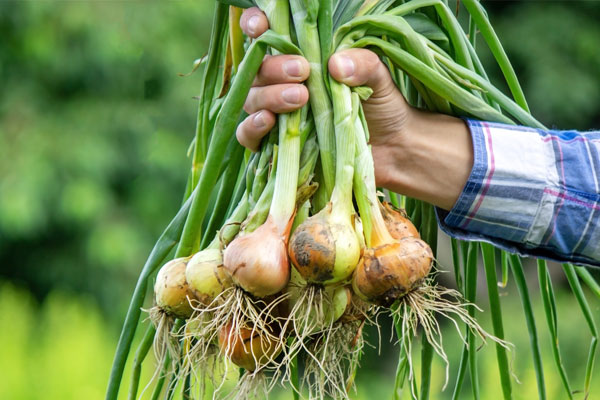
What To Plant In Fall And Cooler Weather
As the weather starts to cool, I enjoy working outside in my garden again with fewer weeds, less bugs and more color in the trees around me. Some of my favorite vegetables also happen to be the best ones to plant in fall, which makes the whole gardening process that much more rewarding.
What Are Good Vegetables To Plant In Fall?
- Kale
- Small Peppers
- Swiss Chard
- Broad Beans
- Mustard Greens
- Peas
- Lettuce
- Arugula
- Leeks
- Spinach
- Garlic
- Collards
- Cauliflower
- Scallions
- Asparagus
- Rhubarb
- Celery
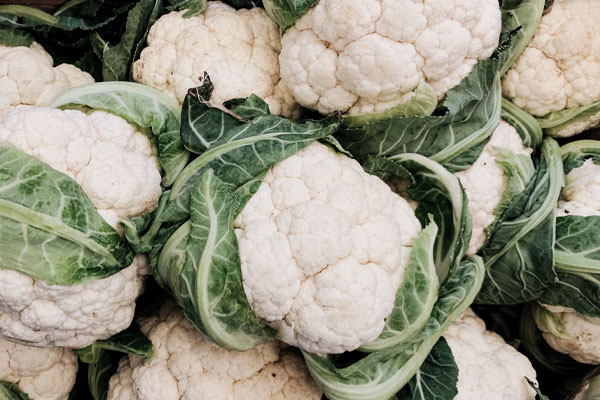
What To Plant In Winter
If it’s the middle of winter and you’re itching for some fresh plants and veggies, you’re probably wondering, what vegetables can I plant now? Depending on where you live, outside winter gardening might not be an option, but if you live in a mild climate, like I do in North Carolina, or if you’re able to do your winter gardening in a greenhouse or indoors, there are some flavorful and cold-hardy veggies you can grow.
What Are Good Winter Vegetables To Grow?
How Does My Gardening Zone Impact When I Plant?

If you are gardening outdoors, the best way to know what veggies to plant now in your local area is to become familiar with your gardening zone or hardiness zone. Your zone is, essentially, your local climate, and it will determine what you can grow at any point in the calendar year, depending on how temperate or severe your climate is.
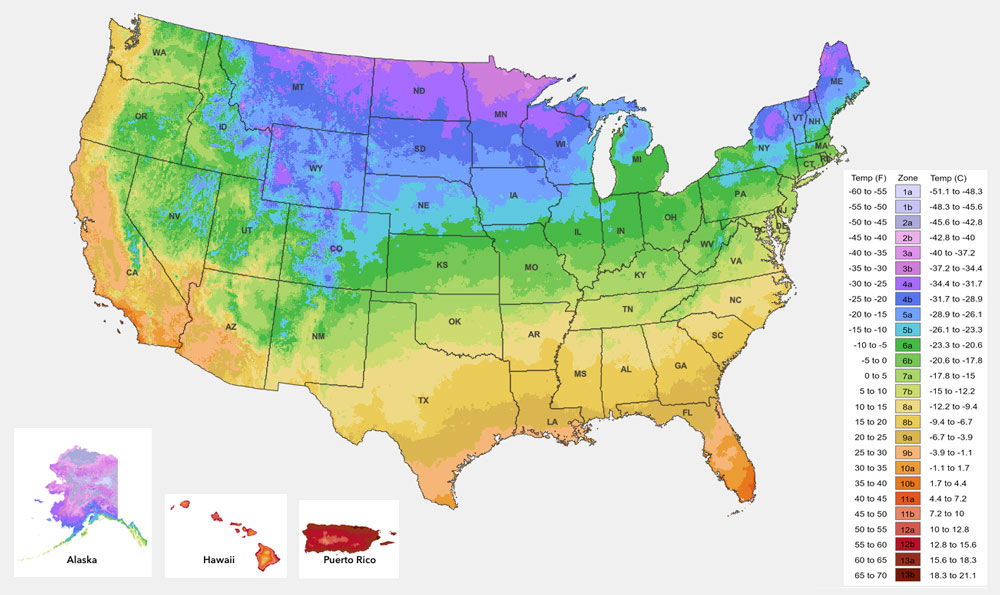
Zones 1 & 2
The first two growing zones include parts of Alaska, with temperatures that get down to -60 F. Needless to say, most gardeners don’t have to deal with these extremes, but if you happen to live in one of these zones, you can still squeeze in some cold-hardy vegetables like onions, carrots, and beets during the shortened growing season (late spring through summer).
Zone 3
Growing zone 3 is most likely the coldest zone you’ll need to deal with if you live in the continental US. Including parts of Maine, New York, Montana, North Dakota, Wyoming, Wisconsin, and Minnesota, this zone’s harsh winters and cooler evenings throughout the summer will shorten your growing season, but you’ll still have a few months from May to August when you can grow some yummy veggies, with indoor planting always being an option during the colder months.
Zone 4
When is the best time to start a vegetable garden in zone 4? I’d say mid-May is your best bet to take advantage of the summer temperatures, as winters can still get down to -20 F or even -30 F, making it unbearably cold for planting vegetables outdoors in winter. This zone is more common than zone 3 in the US, ranging across 22 states that include Alaska, Arizona, Colorado, Michigan, Nevada, Vermont, Utah, and New Mexico.
Zone 5
Zone 5 still gets fairly cold (sometimes down to -20 F in winter), but its growing prospects are much better than zones 3 and 4. Stretching across the North Central US, parts of New England, and the coastal region of Alaska, this zone is great for cooler weather crops, including carrots, beets, and turnips, but you’ll get away with some warmer weather crops during the summer.
Zone 6
Zone 6 is a prime growing zone for most vegetables, perfect for cole veggies like broccoli or cabbage. Spreading across a good portion of the US, zone 6 includes areas of Pennsylvania, Georgia, Arizona, Alaska, Maine, Massachusetts, Oregon, Idaho, and several other states.
Zone 7
The growing season in zone 7 is fairly long, and you can generally make it from early May to late September without any frosts or freezes. Characterized by mild winters and hot, humid summers, zone 7 includes parts of Arkansas, Mississippi, Alabama, Georgia, Tennessee, Virginia, Maryland, New Jersey, and the Carolinas.
Zone 8
Growing zone 8 is one of the warmest zones, stretching over much of the southern United States. My own home in Charlotte, North Carolina, is in this growing zone, so I can personally attest to it being one of the easiest climates for extending your growing season on both ends. And, this continual growing idea is what originally sparked the question …what veggies do I plant now?
Zone 9
Zone 9 ranges from 20 F to 90 F and includes much of Hawaii, Florida, California, Texas, and Louisiana. With such high temperatures, zone 9 has a long growing season perfect for hotter weather plants and vegetables like eggplant, tomatoes, and summer squash.
Zone 10
Where the zones with lower numbers have difficulty growing some vegetables because of the extreme cold, zones 10 and higher deal with extreme heat. This zone includes parts of southern California, Florida, and Hawaii, and if you live in these areas, it might be wise to do your planting in the early spring, late fall, and even through the winter to avoid the summer heat.
Zone 11
With even more extreme heat than zone 10, zone 11 only includes small parts of Florida and Hawaii in the US. Tropical plants like coconut trees thrive in this climate, but you can also get away with some heat-loving veggies like artichokes, broccoli, and okra.
Zones 12 & 13
The only places in the US that fall partly into the hot temperatures of growing zones 12 and 13 are the hottest parts of Hawaii and Puerto Rico. The heat in these climates will limit your vegetable planting options, but summer squash, hot peppers, bush beans, and rosemary thrive in these zones.
Frequently Asked Questions

It seems like every gardener wants to know when can I start a garden, what should I grow in my garden, what vegetables can be planted right now, and what are the easiest plants for beginners? I want you to be able to start planting your garden as soon as possible, no matter the season, so let me answer some of these questions now.
How Do You Decide What To Plant And When?
Deciding what to plant and when comes down to your growing zone and what vegetables you enjoy eating. Once you’ve determined what vegetables grow best in your climate, pick the ones that you’ll actually eat and plant those. Believe me, if zucchini isn’t a veggie that’s in your favorite recipes right now, it probably won’t be in a couple months when you’re picking it from your garden.
What Should I Plant In The Fall For Next Spring?
I love getting plants in the ground during the fall weather that I’ll harvest in the spring. If you’re doing some of your fall planting in November, I recommend growing small peppers, celery, cauliflower, onions, and rutabaga, as these will still be producing well into the spring.
What Are The Best Vegetables To Plant For A Beginner?
If you’re just getting started, it’s wise to plant some of the easiest growing vegetables first to allow your green thumb to do a little growing.
Whether you’re starting a garden in your urban backyard or looking to create several large garden plots on your roomy homestead, learning what to plant and when to plant it throughout the seasons is a valuable homesteading skill that will serve you well.
I hope you’re feeling ready to get started planting some vegetables around your home this year!
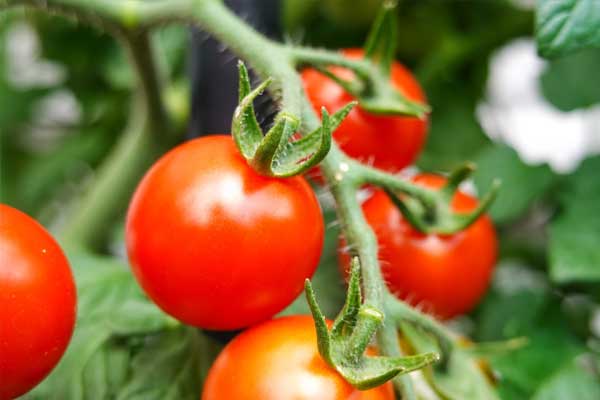
Your Turn!
- Which are your favorite planting months each year?
- What types of protection do you have for your plants during cold weather?






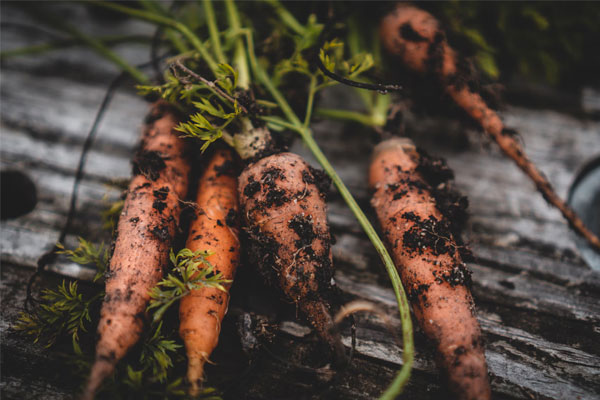






Without specifying zones this article is a waste of our time. We don’t all live in NC so you need to reorganize your monthly planting options.